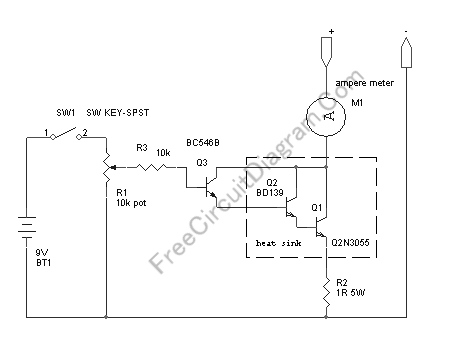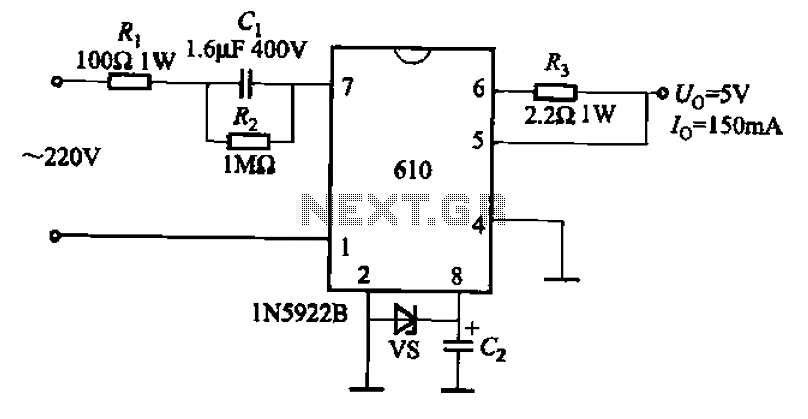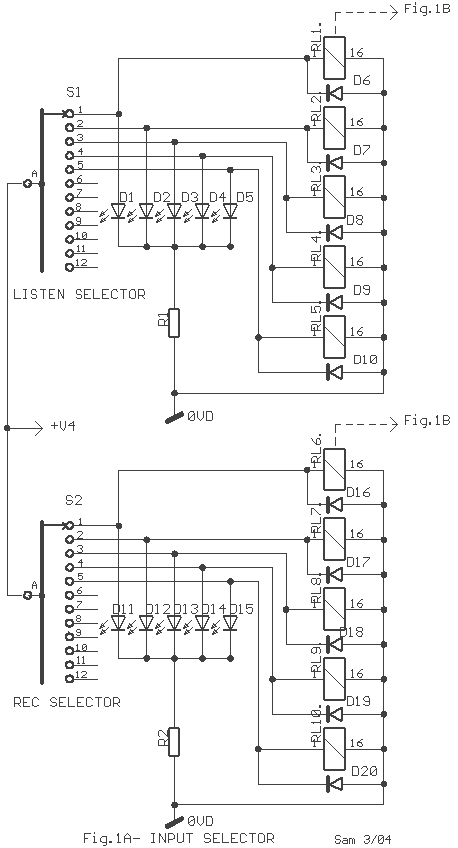
Variable High Power

The current handling capability of a power supply system often needs to be checked. Finding a high power-rated variable resistor to provide variable load testing is essential.
To effectively assess the current handling capability of a power supply system, the use of a high power-rated variable resistor is crucial. This component allows for the simulation of varying load conditions, enabling engineers to evaluate the performance and stability of the power supply under different operational scenarios.
A variable resistor, or rheostat, can be designed to handle high wattage, typically rated for several hundred watts or more, depending on the application. It is important to select a resistor with a suitable power rating to prevent overheating and ensure accurate testing results. The resistor should be connected in series with the power supply output, allowing the user to adjust the resistance value and thereby control the load current.
In addition to the variable resistor, a proper setup for load testing should include appropriate measurement instruments, such as ammeters and voltmeters, to monitor the current and voltage across the load. This data is vital for assessing the power supply's ability to maintain voltage stability and current regulation under varying load conditions.
Heat dissipation is another critical factor to consider, as high power resistors can generate significant heat during operation. Adequate heat sinking or cooling mechanisms should be implemented to maintain safe operating temperatures and prolong the life of the components involved.
Overall, the combination of a high power-rated variable resistor and robust measurement equipment provides a comprehensive approach to evaluating the current handling capability of power supply systems, ensuring they meet the required specifications for their intended applications.Current handling capability of a power supply system often needed to be checked. Finding high power rated variable resistor to provide variable load testing. 🔗 External reference
To effectively assess the current handling capability of a power supply system, the use of a high power-rated variable resistor is crucial. This component allows for the simulation of varying load conditions, enabling engineers to evaluate the performance and stability of the power supply under different operational scenarios.
A variable resistor, or rheostat, can be designed to handle high wattage, typically rated for several hundred watts or more, depending on the application. It is important to select a resistor with a suitable power rating to prevent overheating and ensure accurate testing results. The resistor should be connected in series with the power supply output, allowing the user to adjust the resistance value and thereby control the load current.
In addition to the variable resistor, a proper setup for load testing should include appropriate measurement instruments, such as ammeters and voltmeters, to monitor the current and voltage across the load. This data is vital for assessing the power supply's ability to maintain voltage stability and current regulation under varying load conditions.
Heat dissipation is another critical factor to consider, as high power resistors can generate significant heat during operation. Adequate heat sinking or cooling mechanisms should be implemented to maintain safe operating temperatures and prolong the life of the components involved.
Overall, the combination of a high power-rated variable resistor and robust measurement equipment provides a comprehensive approach to evaluating the current handling capability of power supply systems, ensuring they meet the required specifications for their intended applications.Current handling capability of a power supply system often needed to be checked. Finding high power rated variable resistor to provide variable load testing. 🔗 External reference





